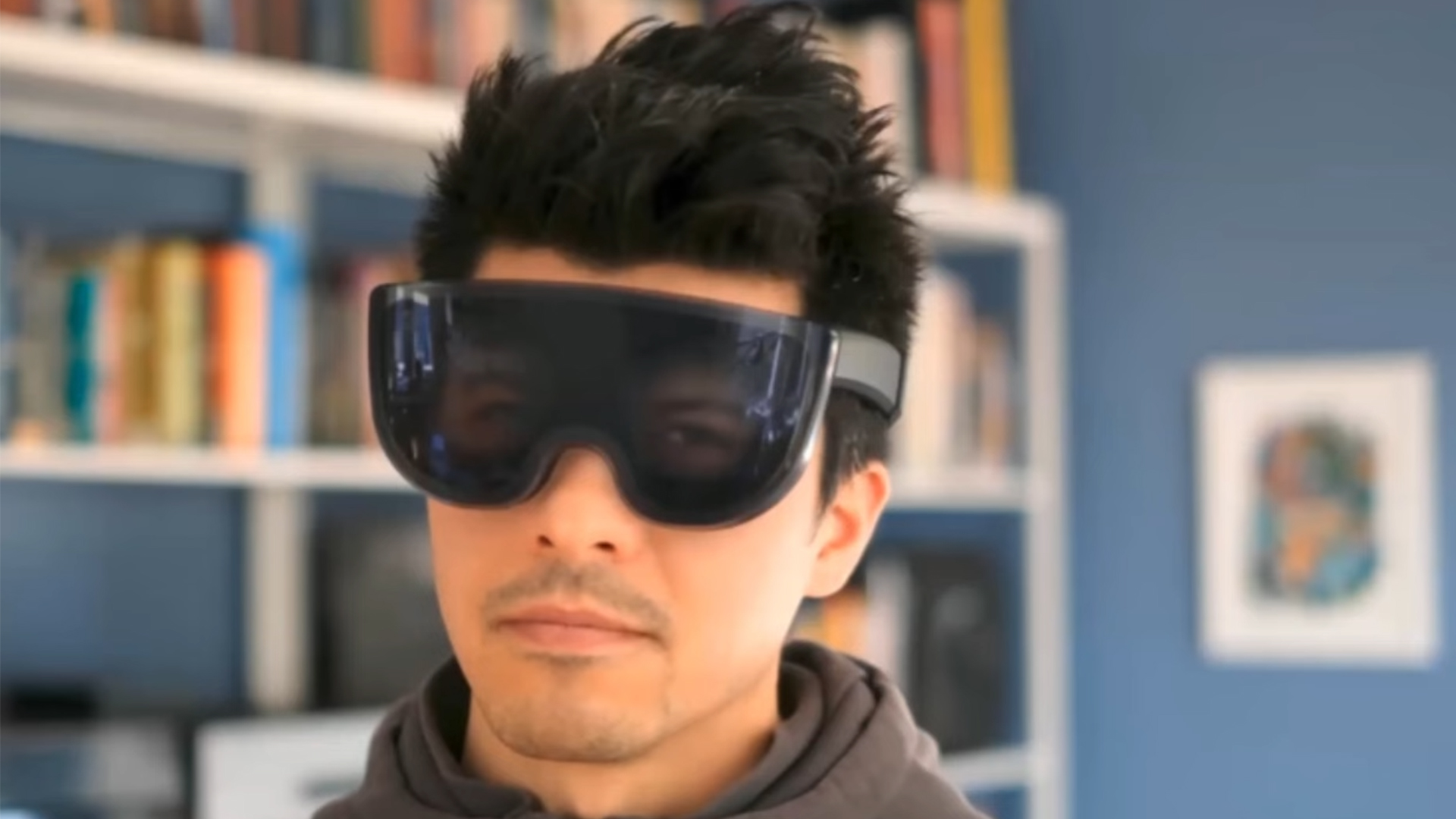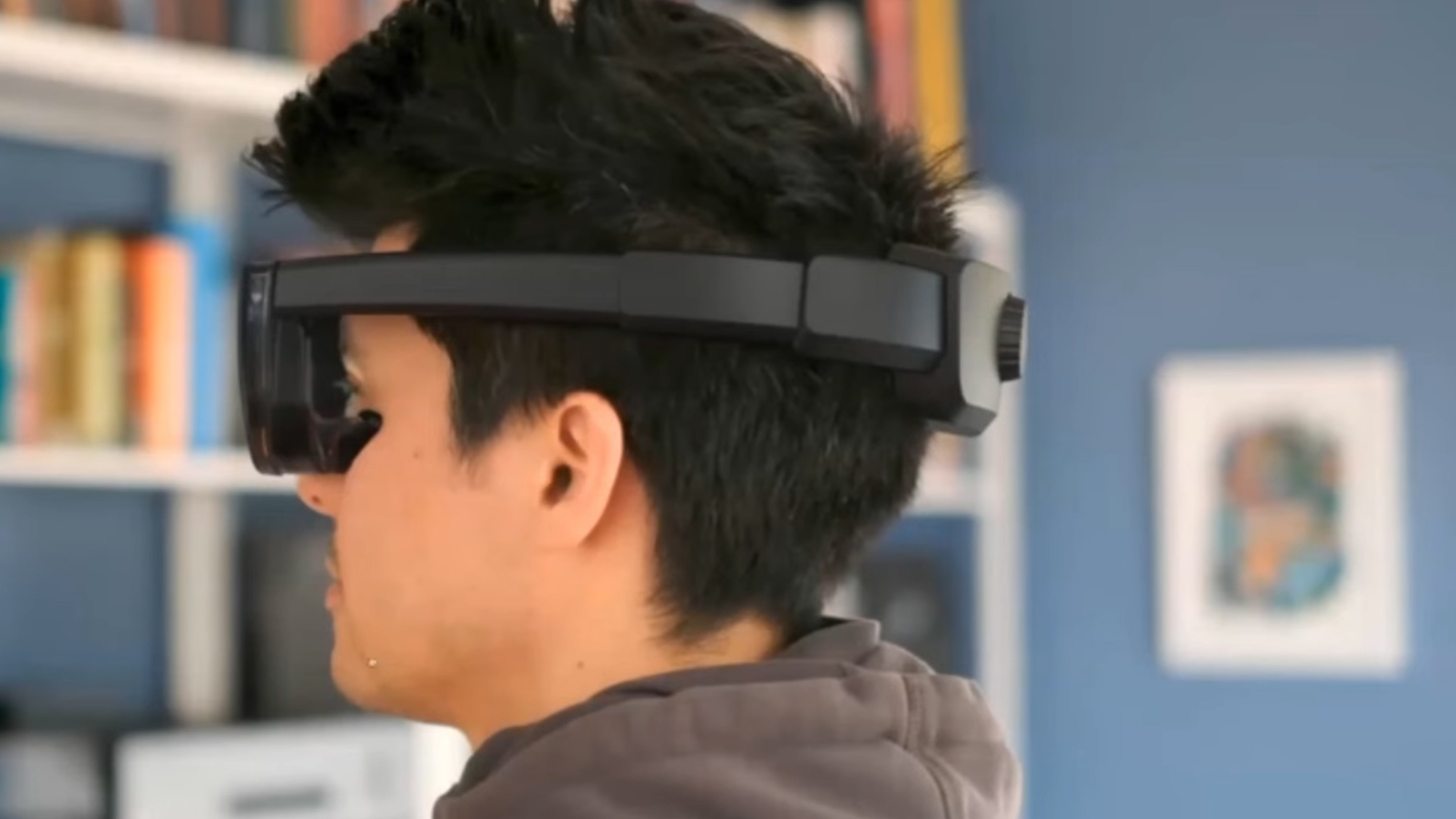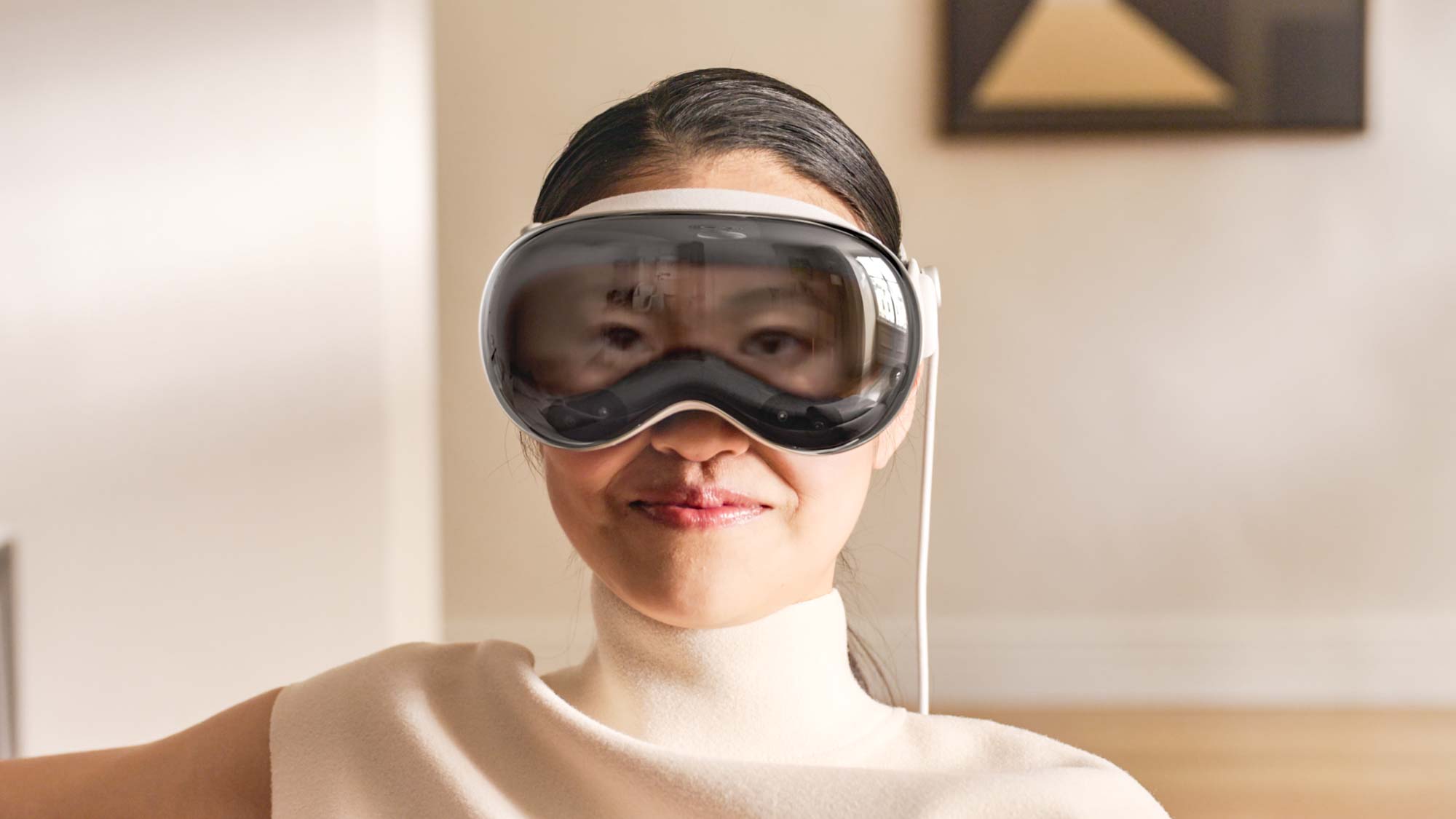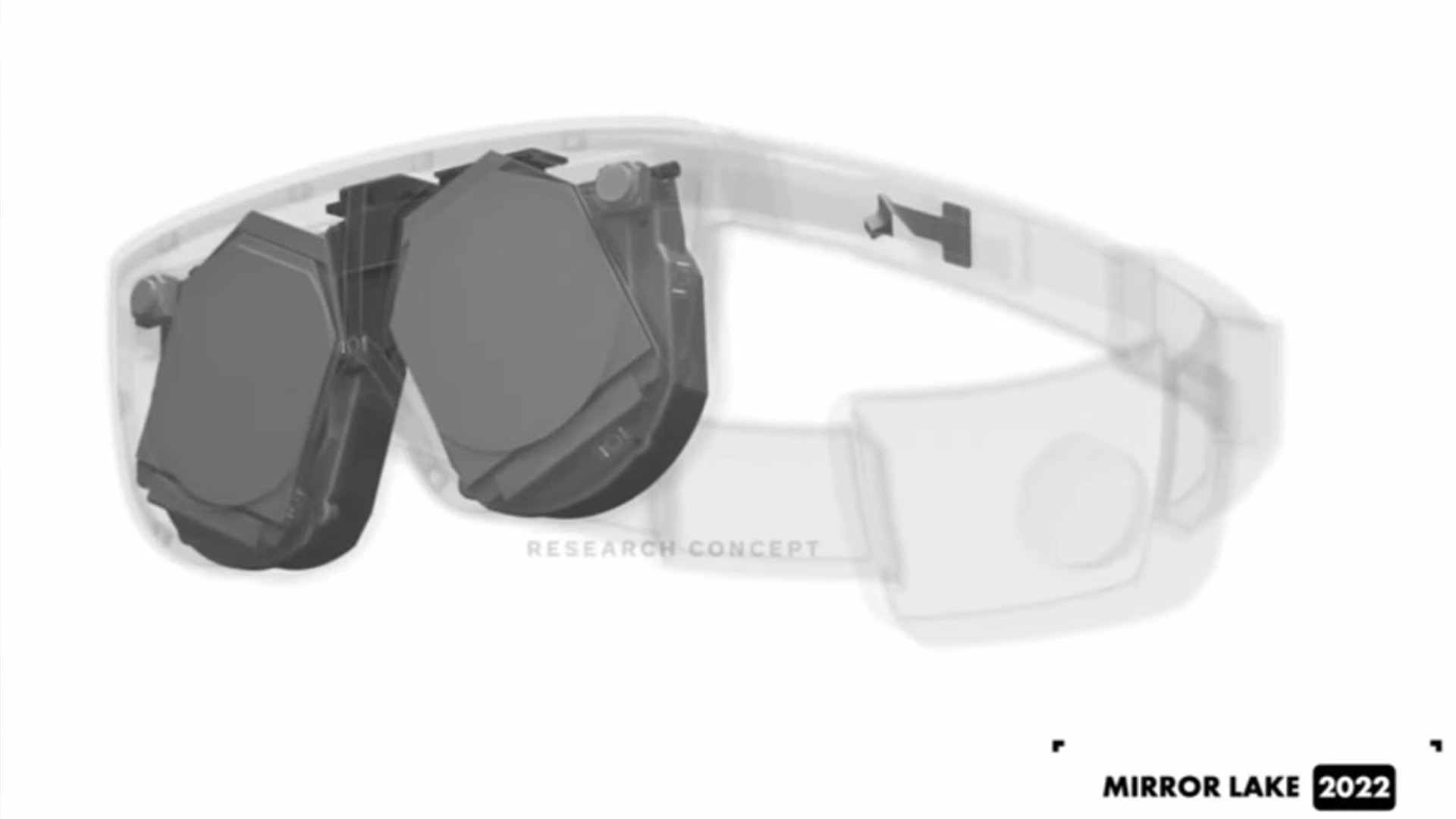
Look, I’m all for innovation in tech. But there are some things that are just…weird. A key example of this is Eyesight on Apple Vision Pro, which makes use of a hyper realistic recreation of your face and four eye-tracking cameras to simulate your eyes on the front display. Let’s be honest, it’s downright dystopian.
Well Apple’s not the only company diving into this field, as Meta has teased a new XR headset that is equal parts impressive and creepy — codenamed Mirror Lake. Revealed during a talk at the University of Arizona College of Optical Sciences, Douglas Lanman, the company’s director of display systems research, explained how this advanced prototype is “practical to build now.”
But don’t expect to see it anytime soon, as a release is set for “the second half of the decade.” Regardless of my freaked out feelings of seeing the user’s eyes, there is a lot to get excited about here for the future of Meta’s headsets.
The (Holo)Cake is not a lie

The first thing you’ll probably notice is just how thin and infinitely more wearable this headset is compared to the likes of the Meta Quest 3. This comes down to a key innovation that’s going to be huge for the future of VR headsets.
First is what Meta has called the HoloCake lenses — the next step up from Pancake lenses that everything including the Vision Pro uses — which makes for a far thinner lens construction with a full electronic varifocal system too for glasses wearers. Basically the image can be clear without the need for lenses, and the prescription can be baked directly into the holograms created by the device.
One issue is that instead of regular LED backlit displays, Meta will have to turn to lasers to project the image into your eyes. There are risks in terms of heat generated and eye safety, but if these hypothetical mountains are overcome, you could see a huge improvement in color and picture quality.
We’re just passing through

Of course, the main visual attraction here is the passthrough display. In the Vision Pro, Apple is relying on four cameras, but Meta has taken a different, more sophisticated approach with two cameras on either side looking back in the infrared band.
Beyond being great for the varifocal system, this gives the headset several different angles of eye movement. When paired with two Neural passthrough cameras and displays that face outwards, you can get passthrough that provides eye contact as well.

I can see its benefits — eye contact is important, and I’m not trying to douse this fire of technological progression, but doesn’t this just look a little odd? Wearing a VR headset is still a very personal, isolating experience. That’s not going to change for a while, and I’d seriously question whether seeing somebody’s eyes will legitimately improve communication with another person.
It’s a similar thought experiment to transparency mode with a pair of headphones. You’ll still look as if you don’t want to talk to someone because of the big pair of cans over your ears, and a visual representation of your ears won’t change that. I’d love to be wrong, but I’m not entirely sure that seeing someone’s eyes would garner a different result.







